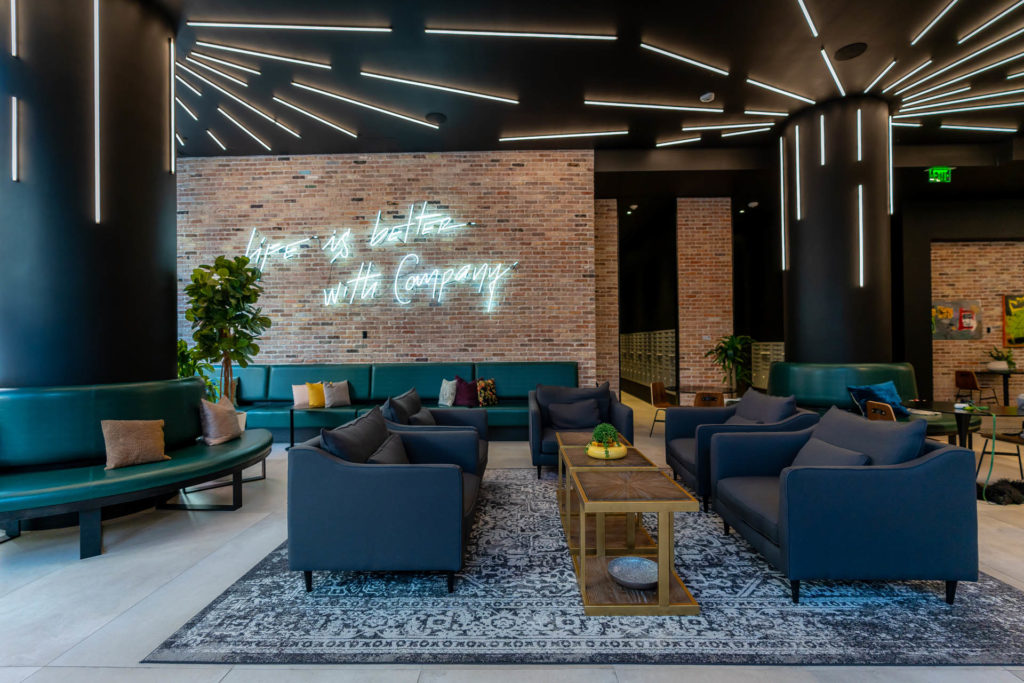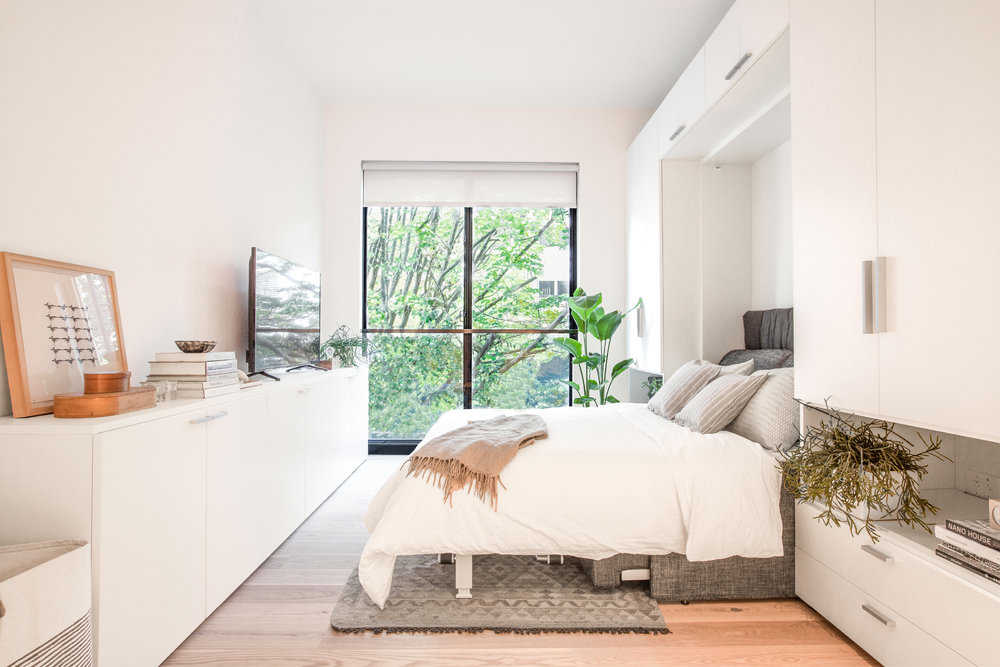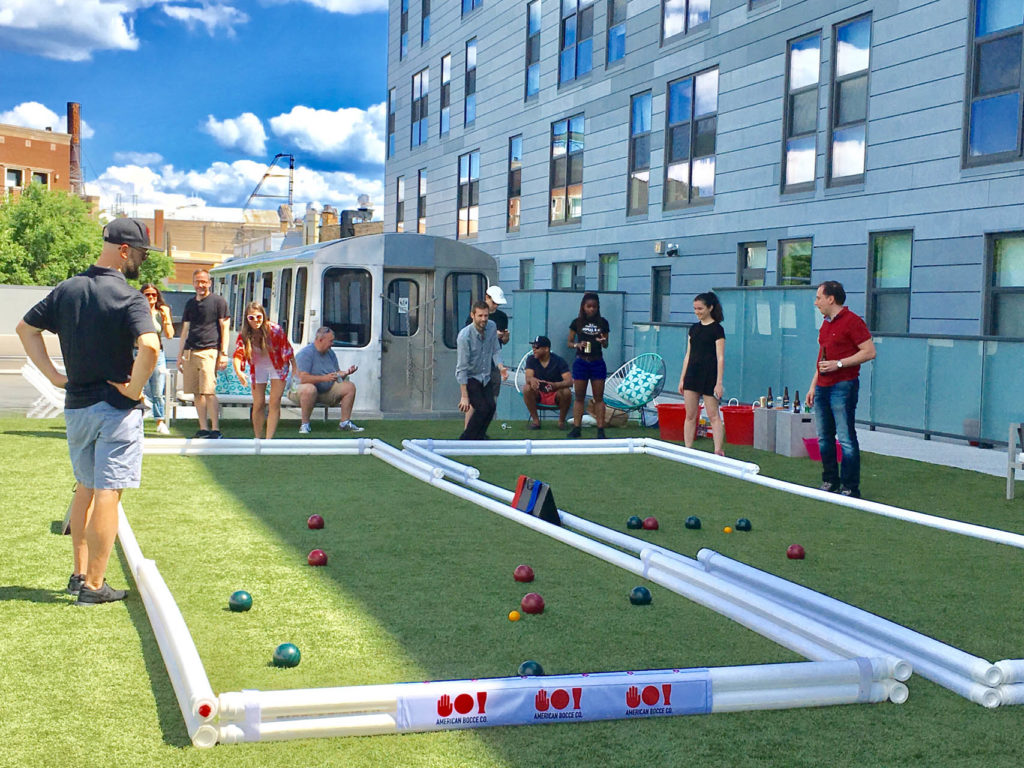Here at Red Propeller, we have been tracking the co-living groundswell for a while, and now we’re digging into the phenomenon more deeply in collaboration with an inspiring client. We see co-living as being driven by three key factors: affordability, sociability and convenience.

X Social’s X Miami co-living community
In cities all around the country, it’s getting harder and harder for young professionals to find housing they can afford in urban centers where large employers are located. The solution many have fallen back on: Craiglist roommate bingo and/or long commutes from starter homes or lower priced units further out. As a result, many are delaying marriage and family creation, and struggling to pay back student loan debt as they spend more money on rental housing than ever before.
According to a report by Cushman & Wakefield, rent has increased on average by over 20% across major U.S. markets while income for renters has remained stagnant. For example, in our hometown of Seattle, rent has increased by 34% over the last five years. Working locally and nationally, we have watched rents climb and believe that now is the time for a paradigm shift in specific markets where opportunities for successful co-living projects are abundant.

Unit at Ollie at Carmel Place, in Manhattan
At the same time, young professionals are extremely mobile, often moving to new cities and within metro areas for work. We see this in spades in Seattle, where the number of people aged 25 to 34 grew by an estimated 27% from 2010 through 2017, and where people often move between jobs in Seattle itself and the Eastside (Bellevue, Redmond, Kirkland, etc.). Thus, many people are seeking a convenient living option that offers opportunities to meet interesting people in their new hometown.
Co-living offers a compelling alternative to traditional market-rate apartments. But what is it, exactly? It’s an intentional community where residents (or members as some communities call them) live in suites – not unlike college dorms – that share living rooms and kitchens, with compelling building amenities that provide places to connect, work, play, and relax. Lease terms are flexible, meaning that residents can switch rooms/suites within their community. Co-living creates community for people moving to new cities, providing social (and sometimes professional!) networks that are both practical and sustaining. Social programming is a huge component for successful co-living platforms, with regular resident events and even apps that keep people engaged.

X Social’s X Logan Square community, in Chicago
As the co-living market matures, we’ll see more players interested in this asset class. Co-living is proving to be not only profitable for owners, but helpful for renters who are seeking quality product and a social lifestyle at attainable rental prices. Red Propeller looks forward to continuing our exploration of this exciting new rental housing option. We hope to be able to share some of our work on co-living in the near future!